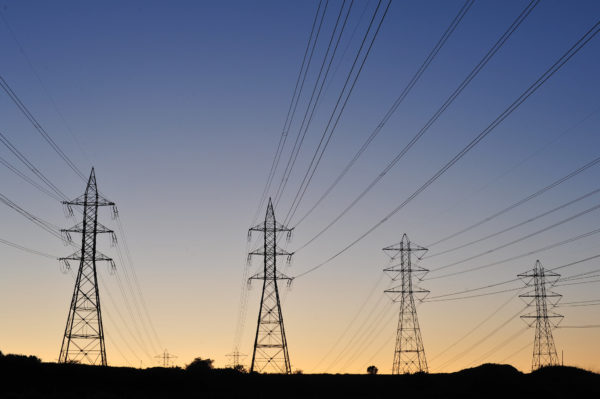China’s industrial power consumption recently has increased by 20%, while the output of silicon material enterprises was not as expected.

At the same time, according to media body Solarbe, a forced production reduction was noticed in some silicon material producing areas such as Xinjiang, Inner Mongolia and Sichuan due to national requirements of the control on the energy and consumption, which limited the supply or exacerbated the periodic shortage of silicon material. The price of silicon material was expected to increase by RMB 3-4 yuan/kg, and will exceed RMB 270 yuan/kg at that time.
It’s inevitable for wafer and cell to raise the price due to the markup of silicon, which would lead to the price increase of modules. However, the terminal market could not accept such quotation, thus responded with showing constant signals of shutting down, resulting in gradual reduction of orders.
The overall operating rate has also decreased, reflecting in the operating rate of first-line silicon wafer enterprises decreased to about 60-70%, and most cell enterprises have continued to reduce production or take a downtime. The market operating rate has fallen down to about 50%.
The supply of module auxiliary materials, backsheet and glass has been tight, and the price continues to rise. Coupled with the markup of cell, the production cost of modules continues to rise. In order to ensure efficiency, the operating rate of module enterprises has been reduced to less than 50% after the first week of the month.
State holding listed company Guangdong No.2 Hydropower Engineering Co., Ltd issued module tender on October 8, with an average price of RMB 2 yuan. A week later, central government-owned enterprise China General Nuclear Power Group (CGN) made an intensive purchase on an average price of RMB 2.1 yuan/watt, which could be deduced to that a pullback may not be seen during the fourth quarter.


